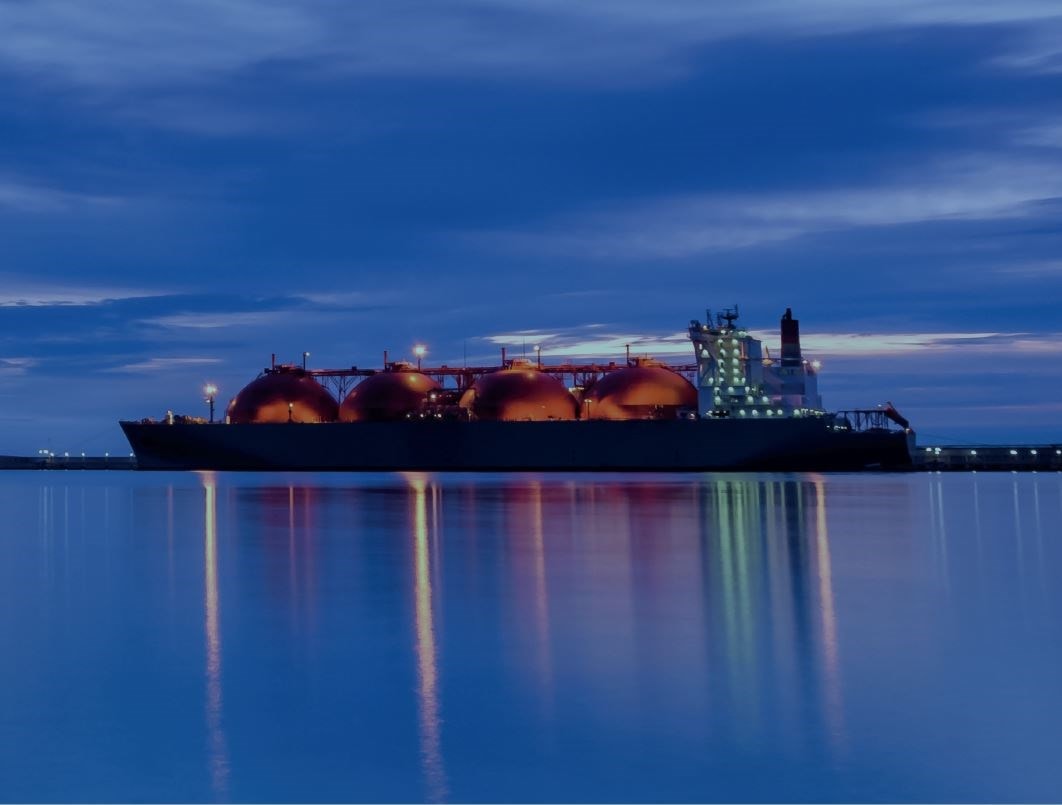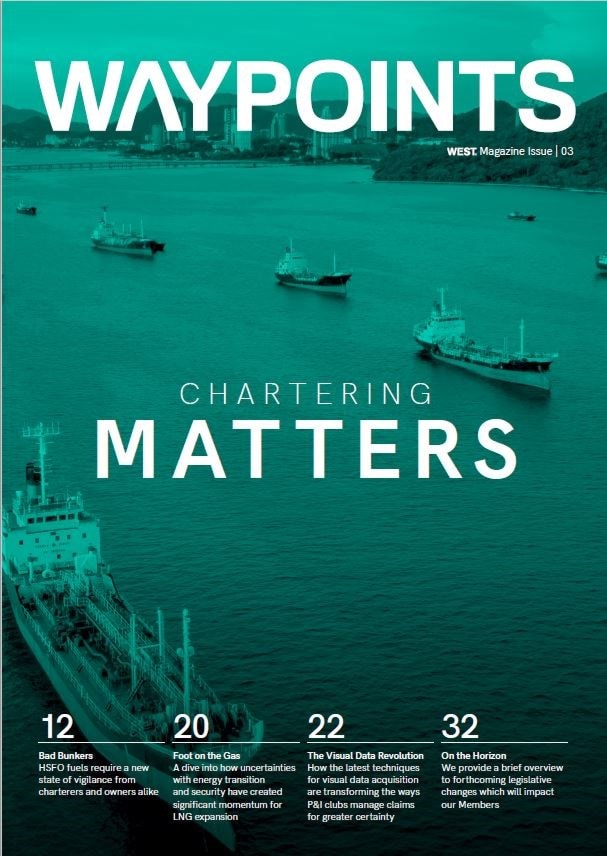Foot on the Gas - Waypoints Issue 03
The geopolitical turmoil of recent months has placed the shipping markets, and in particular, the LNG sector, once again at the centre of global events. And with energy security adding further upside to a market already expecting plenty of underlying growth from Asian demand, energy transition dynamics and a lengthy export project list, LNG shipping looks set for a significant growth phase.
Stephen Gordon
(Managing Director, Clarkson Research)
Tracking the Growth
Although progress can be uneven, LNG trade has a track record of underlying growth (20-year growth averages 6.5%, compared to 3.4% for gas pipeline trade, 2.4% for global gas demand and 1.0% for seaborne oil trade. And while trade growth is expected to slow a little next year (to 4% from 5% this year as we wait for liquification projects to come online), the case for future growth is supported by both strong export capacity expansion (the Clarksons database has 155mtpa of liquification capacity under construction, 303mtpa at FEED and 295mtpa proposed: for context current capacity is 459mtpa) and the prospect of LNG potentially benefiting, at least initially, from the energy transition (in our modelling, LNG trade grows more quickly in a Paris aligned rapid decarbonisation case in part due to coal to gas switching).
Energy Security
Anybody who has had the misfortunate to open an energy bill of late will have appreciated the pricing shock being experienced across the gas markets. Initially driven by Covid-19 demand rebound, inventory building in both Europe and Asia, cold winters gas market tightness has been exacerbated by the supply concerns surrounding Russian gas.
For context, Russia is the second largest gas producer, with 17% of global gas supply in 2021, and met around 40% of European gas demand pre-conflict. And while these dynamics are contributing to inflation and macro-economic headwinds, for the LNG shipping markets the initial impact of the Russia / Ukraine conflict has seen European imports increase by 52% y-o-y in the first five months of 2022 as geopolitics and energy security move quickly up the agenda and Europe and Russia seek alternative import sources and export markets.
There is, of course, huge uncertainty: further lockdowns in China, a slowing global economy, pricing impacting demand, evolution of the conflict and associated politics, Chinese energy policy (the potential for coal use to increase or pipeline trade with Russia), the often lengthy timescales needed to complete shoreside infrastructure for liquification and regasification.

Fleet Renewal
Today, the LNG shipping fleet has reached 632 ships (sized above 40,000 cbm) of a combined 103.3m cbm, with ~30% of the fleet still steam turbines and considerable uncertainty around the impact of emissions policies (e.g. EEXI, CII, methane slip). The total orderbook is now a sizeable 36% of the fleet after 86 ships (of $15.6bn) were ordered in 2021: by mid-June we are already at a record half year of newbuild orders (80 vessels) and, with newbuild prices up 20%, already a record full year by investment ($16.7bn).
While some of this activity relates to the pre-existing Qatari newbuild program, berth availability is now typically from 2025/6 even with Chinese yards expanding to beyond 20 ship annual capacity to add to the traditional strength of Korean yards in this market. With the orderbook spread over four years, we are projecting the LNG fleet will grow by just 3.6% in 2022 and 4.7% in 2023 and also estimate that by 2026, there will be more LNG vessels in the fleet than VLCC.
Expansion Phase
Despite the uncertainties (and LNG veterans will warn that “projects get delayed, newbuilds deliver on time”), with the energy transition and now an energy security focus, there seems significant momentum for a material LNG expansion phase.

